#the stuarts
Explore tagged Tumblr posts
Text

More Mary II art, this time in a simpler art style
#I love drawing her and this came out surprisingly well#art#my art#historical art#history#mary ii#mary the second#mary stuart#queen mary#history art#sketch#artists on tumblr#17th century#17th century art#baroque#baroque period#the stuarts#stuarts#mary ii of england#william and mary#glorious revolution
48 notes
·
View notes
Text
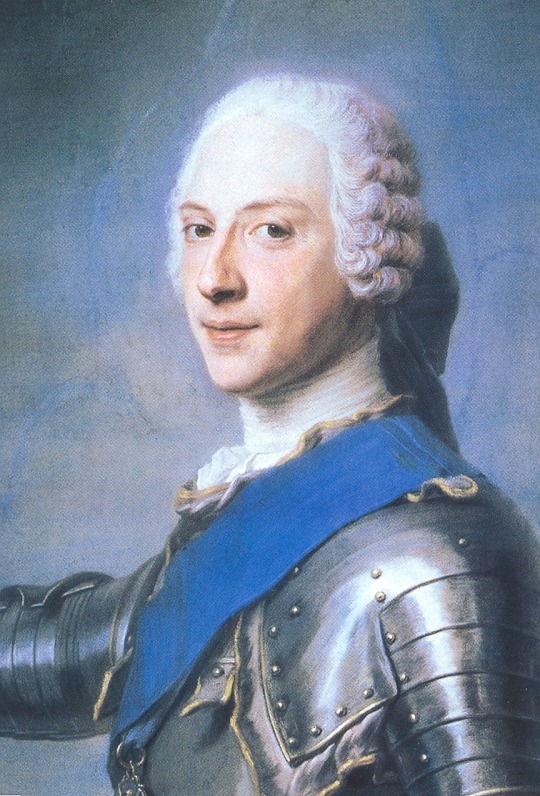
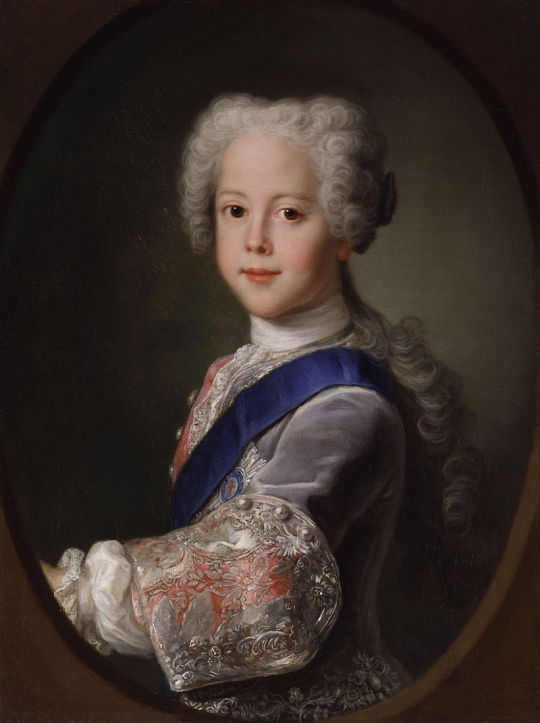
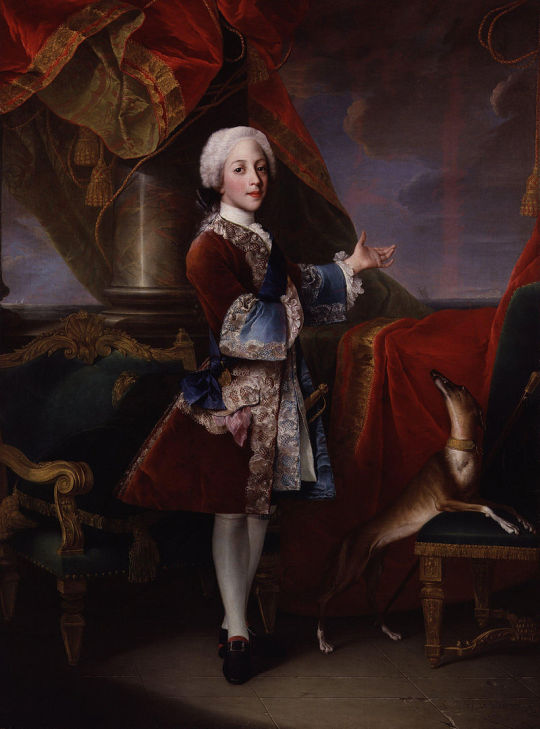
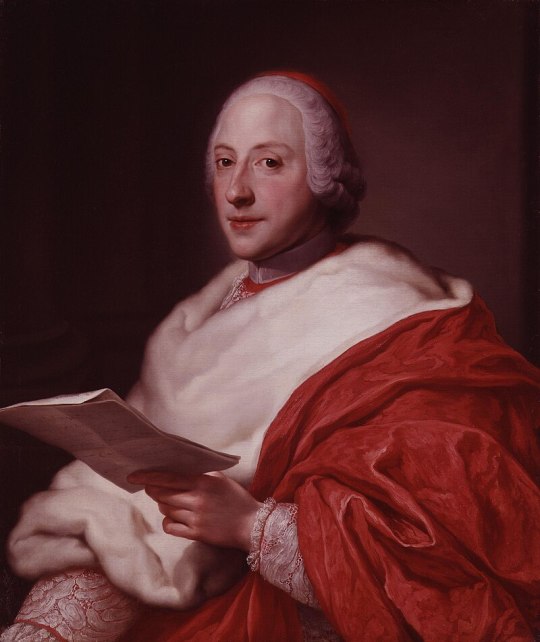
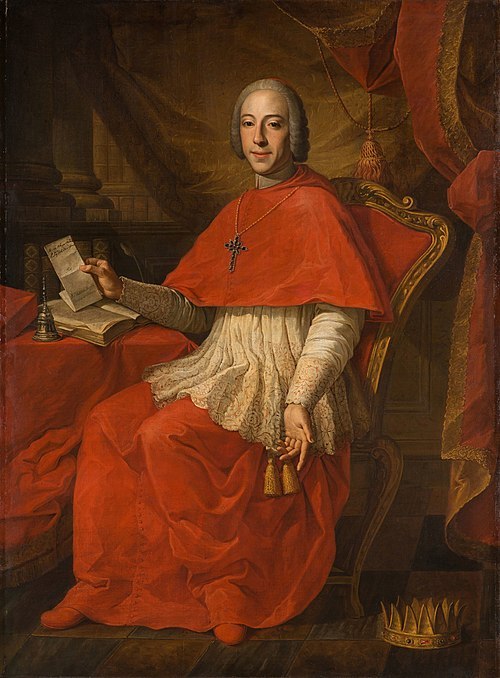
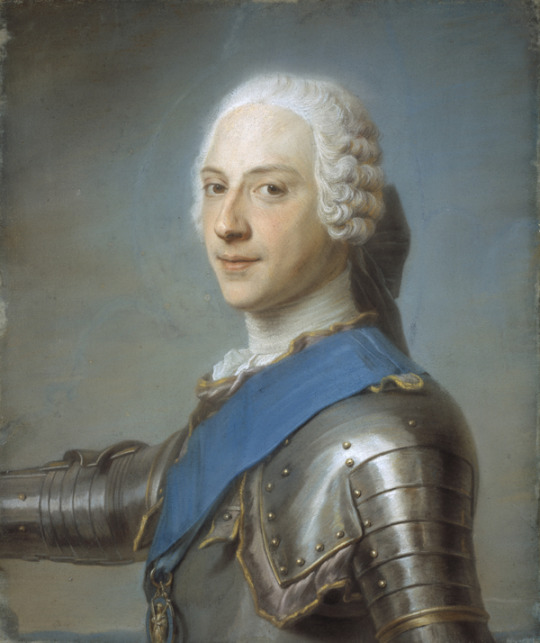
On July 13th 1807 Henry Benedict Stuart died, Henry was the fourth and final Jacobite to publicly lay claim to the thrones of England, Scotland and Ireland.
Born on 6th March, 1725, at the Palazzo Muti, Rome. The same day he was christened Henry Benedict Maria Clement Thomas Francis Xavier by Pope Benedict XII at the Pallazo Balestra.
Styled Duke of York from birth, Henry was an intelligent child and was reported to have written and spelled better than his brother "Bonnie" Prince Charlie. Henry Stuart was a good-looking young man, with the same dark eyes as his brother Charles, but lacked Charles' height. In common with his father, he was more introverted, cautious and certainly less high spirited than his exuberant older brother.
During the '45 he travelled to France to petition Louis XV for funds to support the uprising, historians have said he was humiliated in doing so. Henry was present to greet Charles in France on his return from Scotland, the brothers embraced each other warmly and at first seemed to continue in the close and affectionate relationship which had previously existed between them. They were soon to find that they no longer had much in common and Charles' supporters aggravated matters by complaining they felt that Henry not done enough to ensure that the French fleet sailed for England to support the rebellion. The sensitive Henry himself considered such criticism unfair as he had been appointed nominal commander of the French fleet but possessed no real authority.
After Charles's death in January 1788 the Papacy did not recognise Henry as the lawful ruler of England, Scotland and Ireland, but referred to him as the Cardinal Duke of York.
He spent his life in the Papal States and had a long career in the clergy of the Roman Catholic Church, rising to become the Dean of the College of Cardinals and Cardinal-Bishop of Ostia and Velletri. At the time of his death he was (and still is) one of the longest serving Cardinals in the Church's history.
Henry became known by Jacobites, and within his personal entourage, as Henry IX of England, although publicly he referred to himself as Cardinal-Duke of York nuncupatus, he did however sign his will Henry R. In it he wrote he was to be succeeded in all his claimed rights by his friend and nearest blood-relative, Charles Emmanuel IV of Sardinia. But Charles never asserted nor renounced his Jacobite claims, nor have any of his successors to this day.
Henry Benedict, his brother, his father and his mother are buried in the crypt of St. Peter's Basilica in the Vatican. There is a monument to the Royal Stuarts designed by Antonio Canova in the basilica to their memory on one of the columns in the basilica, the crypt was paid for by George III, Queen Elizabeth, the Queen mother paid for restoration work to it during the middle of the 20th century.
You can see the resemblance the his brother Charles in the paintings, especially in the first one which was, for a time mis-indentified as the younger Stuart.
14 notes
·
View notes
Text
Tumblr Dashboard Simulator: 1670s/1680s English Court
🐶 merry-monarch

#monday motivation #motivational quote #there are indeed good thyngs and bad in this countrie #the good: women #the bad: PARLEMENT
5,112 notes

💖 mary-clorine
I have two husbands, and that causes me much trouble and torment of the soul, for I may be with childe by one, and have thus given horns to th'other, who is also a lady, and we have been married first. Now she won't writ to me as we did as girles, and my lawfull husband, I have not yett told, for my condition is not certain yet. I cannot talk in honesty whith one, and with the other husband, neither.
'Tis awkward to speak of this, but if not to your friends online, to whom can one talk of such troubles?
#personal #might remove later #aurelia I miss you
2 notes

🤴dukeofm
There are thyngs the governement, the Kinge in particular, do not wish you to know about: the Royall Successioun is all made false, for instead of the D. of Yorke, the True Heir to H. M. the Kinge shoud be the Duke of Monmouth, for he was lawfully begot by the Kinge, then married in secret to the late Lucy Walter, and must therefore be accepted as Prince before his uncle the D. of Yorke, who is a Catholick.
All ye good people should speak up against this injustice! If you cannot pledge your life (if there be a fight), or some shillings to the cause, you may help it greatly alreadie by re-bloggying, and bringing this mater to greater awareness!
#sociall justice #awareness #politick
798 notes

🎀 prettywittynell
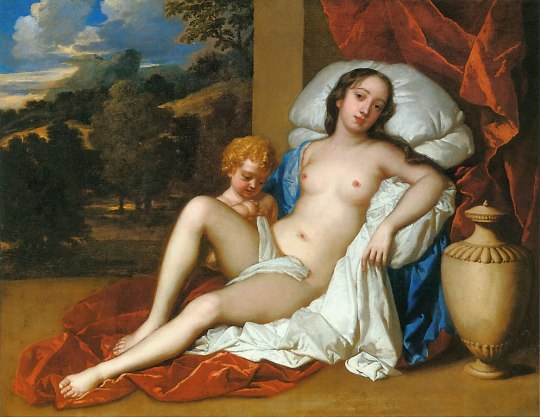
@merry-monarch had me painted! For more content like this, and to vote which painter shoud doe me (haha!) next, please visit my OnlieFriendes account!!!
#lely #girlboss #hotter than madam carwell!! ;)))
1,723 notes

🍊 je-maintiendrai

Hans Willem et moy!
Vouz pouves nous voir en visitant Stichting Kasteel Amerongen, ou icy, en-ligne (un grand mercy au Nederlands Instituut voor Kunstgeschiedenis): https://rkd.nl/images/126807
#meilleur amy #boy best friends #louis n'a pas d'amy si proche que j'ay
905 notes

👑 catholic-guilty666
Why cannot a man haue normall nepheues. One, @je-maintiendrai, is nigh a Puritan in his Protestant fervour, and th'other dispreads falsehoods about the monarcky (and the Roman Church).
I reported the other one, @dukeofm for his libel, in hopes he shall be deactivated, alas th'other I can but block, and not banished from this place. I also hope my daughter the Princess shall divorce him speedilye.
Tonight, I hope to forgett all about this vexing bussinesse by thinking on going a-stag hunting tomorrow with H. M. my brothere, the King.
#vent #vent post #callout post
14 notes

🇮🇹modenamarie
#poll #nicknames #mary
244 notes

💃 annieannieannie

3. The feeling One experiences when One findes out, that one's weird uncle hath a Tumblr-accountt, too 💀💀💀

do not follow him
#i thought 'twas my bad eyes but what i was seeing was real #the family #non followeres do not interact
38 notes
#history humour#unreality#fake tumblr post#for true immersion you can vote in maria beatrice's poll!#17th century#the stuarts#charles ii#mary ii#nell gwynn#william iii#william of orange#james duke of monmouth#james ii#mary of modena#queen anne#british history
200 notes
·
View notes
Text
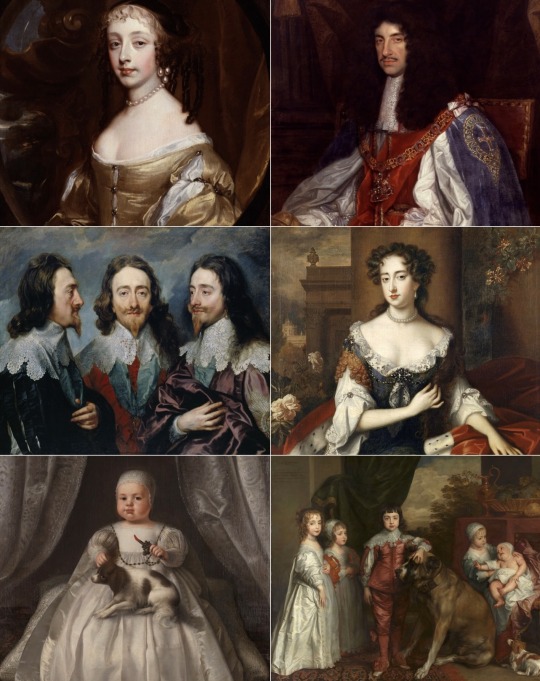
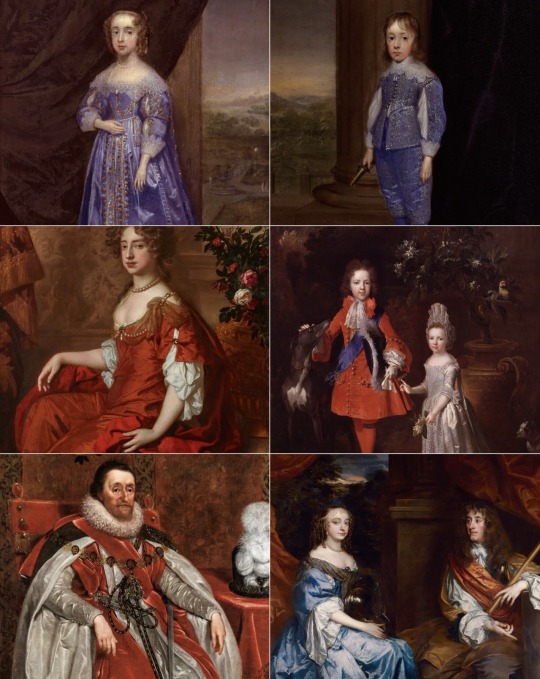
Historical Fashion Challenge 2025
Day 5: 1600s (featuring the Stuart dynasty)
⋆⋅☆⋅⋆
#historical fashion challenge 2025#fashion history#history of fashion#historyedit#history#history edit#1600s#Stuarts#Stuart#stuart dynasty#made by me#my challenges#mine#my edit#british royal family#Scottish royals#the stuarts#1600s era#March 5th#March 5
23 notes
·
View notes
Text
Somewhat put off by the spoilers I've read about Mary and George. There's no doubt nearly all relationships in the British court were some level of sordid, but King James, to all intents and purposes, had genuine feelings for his three male favourites, most especially George Villiers. He was no Henry VIII. I don't know why they wanted to reduce the most famous and open homosexual relationship in European royal history to a comedy between a "cock-struck" old lech and a conniving courtier that led him by the nose and then betrayed and murdered him.
All evidence points to George at least being loyal to James (if you discount his love letters as simply sucking up to his benefactor) and even had a fond relationship with his Queen and his son Charles. He was in fact in France when James died, and reportedly cried when he heard the news.
It's even a little heartbreaking because this is right after Nicholas Galitzine played the closeted gay Prince Henry in Red, White and Royal Blue, who in the book is proud of the open and unashamed love between his ancestor and his lover, and the way even James's son Charles I honoured Villiers for accompanying him to the Spanish Court to ask for the hand of the Infanta.
“Actually . . . you remember how I told you about the gay king, James I?”
“The one with the dumb jock boyfriend?”
“Yes, that one. Well, his most beloved favorite was a man named George Villiers. ‘The handsomest-bodied man in all of England,’ they called him. James was completely besotted. Everyone knew. This French poet, de Viau, wrote a poem about it.” He clears his throat and starts to recite: ‘One man fucks Monsieur le Grand, another fucks the Comte de Tonnerre , and it is well known that the King of England, fucks the Duke of Buckingham.’” Alex must be staring, because he adds, “Well, it rhymes in French. Anyway. Did you know the reason the King James translation of the Bible exists is because the Church of England was so displeased with James for flaunting his relationship with Villiers that he had the translation commissioned to appease them?”
“You’re kidding.”
“He stood in front of the Privy Council and said, ‘Christ had John, and I have George.’’
“Jesus.”
“Precisely.” Henry’s still looking up at the statue, but Alex can’t stop looking at him and the sly smile on his face, lost in his own thoughts. “And James’s son, Charles I, is the reason we have dear Samson. It’s the only Giambologna that ever left Florence. He was a gift to Charles from the King of Spain, and Charles gave it, this massive, absolutely priceless masterpiece of a sculpture, to Villiers. And a few centuries later, here he is. One of the most beautiful pieces we own, and we didn’t even steal it. We only needed Villiers and his trolloping ways with the queer monarchs. To me, if there were a registry of national gay landmarks in Britain, Samson would be on it.”
Henry’s beaming like a proud parent, like Samson is his, and Alex is hit with a wave of pride in kind.
He takes his phone out and lines up a shot, Henry standing there all soft and rumpled and smiling next to one of the most exquisite works of art in the world.
“What are you doing?”
“I’m taking a picture of a national gay landmark,” Alex tells him. “And also a statue.”
Like all white liberals, Casey McQuiston tends to romanticise the crime against humanity that is royalty and also that house built by bunch of slave owners that has since housed a progression of genocidal war criminals. There's very little to like about any British monarch. But the relationship between James and Villiers is a significant part of gay history and there's no need to smear it even more than it's already been smeared the last four hundred years, contrary to the actual known facts.
Idk man. I'm sensitive to this stuff Ig. Maybe I'd be a little more positive about it if I watched it, but the trailer gave me "tee hee they're gay" vibes so Idk if I want to.
Edit: so it seems the trailer is misleading and the story is more complex than a "tee hee gay" comedy. I might watch it after all, even if the starkly visible age difference makes me a bit queasy. How tf is Galitzine nearly thirty and a babyface with those razor cheekbones?? Perfect to show how uncomfortable it looks for a middle aged man to get with a kid of twenty.
#nicholas galitzine#mary and george spoilers#mary and george#british history#the stuarts#king james vi and i#george villers#king charles i#period drama#julianne moore#lgbtqia#lgbt history#queer media#queer representation#queer history#queer drama#knee of huss
52 notes
·
View notes
Note
Imagine listening to Hook saying "Down with King George" and asking "which one?"
You know, I’ve wondered if Barrie made this purposefully ambiguous, as he often tends to do with Hook’s backstory info. If Hook was indeed Blackbeard’s bosun and lived during the Golden Age of Piracy, he very likely would have only really known about King George I of England. It also totally makes sense for him to say, “Down with King George” if you want to go with the theory that he’s actually related to Charles II (and perhaps possibly was meant to be either James Scott, Duke of Monmouth or James Francis Edward Stuart “The Old Pretender”) because the first “King George” essentially stole the throne from the Stuart line as far as they were concerned. On the other hand, Hook could just as easily be speaking about King George V, who would have been in power during the Darlings’ era. “Hook at Eton” would place him much later and closer to the Darlings’ era… Barrie tells us things about him in the novel and “Hook at Eton” that cannot possibly both be true at the same time. And this just seems to be a fun, sneaky way of him going, “Yeah, Hook could be from either time period. Pick your own headcanon. I’m not going to actually come out and tell you which one is REALLY true.”
24 notes
·
View notes
Text
"...and, blessed be God! the year ends..."
"Up, and at the Office all the morning. At noon Capt. Ferrers and Mr. Sheres come to me to dinner, who did, and pretty pleased with their talk of Spayne; but my wife did not come down, I suppose because she would not, Captain Ferrers being there, to oblige me by it. They gone, after dinner, I to the office, and then in the evening home, being the last day of the year, to endeavour to pay all bills and servants’ wages, &c., which I did almost to 5l. that I know that I owe in the world, but to the publique; and so with great pleasure to supper and to bed, and, blessed be God! the year ends, after some late very great sorrow with my wife by my folly, yet ends, I say, with great mutual peace and content, and likely to last so by my care, who am resolved to enjoy the sweet of it, which I now possess, by never giving her like cause of trouble. My greatest trouble is now from the backwardness of my accounts, which I have not seen the bottom of now near these two years, so that I know not in what condition I am in the world, but by the grace of God, as far as my eyes will give me leave, I will do it."
From the diary of Samuel Pepys.

#samuel pepys#new year's eve#diaries#quotes#december 31st#vintage illustration#the stuarts#17th century
3 notes
·
View notes
Text
You’re telling me Elizabeth I sent Mary Queen Of Scots a diamond ring and Mary sent Elizabeth a miniature of her portrait in a heart shaped ring? That’s so gay omg
#tudor history#the tudors#elizabeth tudor#elizabeth i#mary queen of scots#mary stuart#the stuarts#history
15 notes
·
View notes
Text
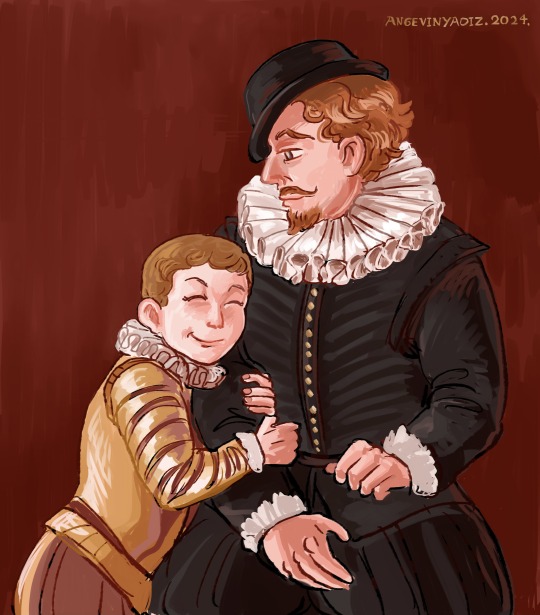
The Cradle King and his Favorite
(James VI & I and Esme Stuart)
#king james vi and i#king james i#esme Stuart#16th century#1500s#english history#scottish history#the stuarts#my art#not medieval
16 notes
·
View notes
Text

Hero by Stuart Dunkel (*1952)
57K notes
·
View notes
Text

Mary II of England and Scotland. I drew this for my history class
#art#my art#historical art#historical fanart#history#england#scotland#mary ii#mary the second#mary stuart#queen mary#history art#sketch#artists on tumblr#17th century#the stuarts#stuarts
28 notes
·
View notes
Text
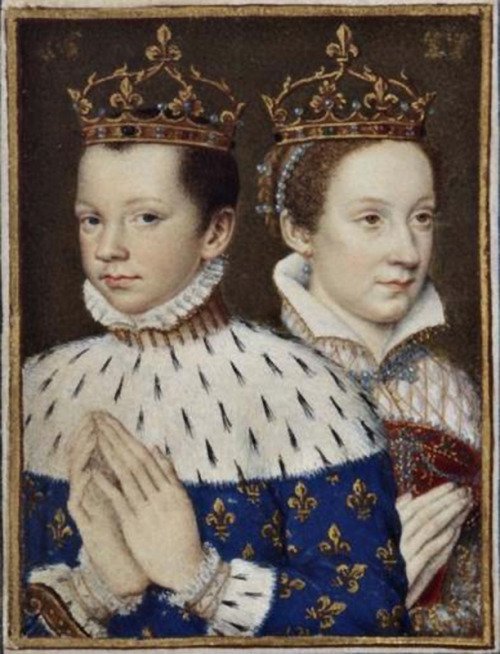
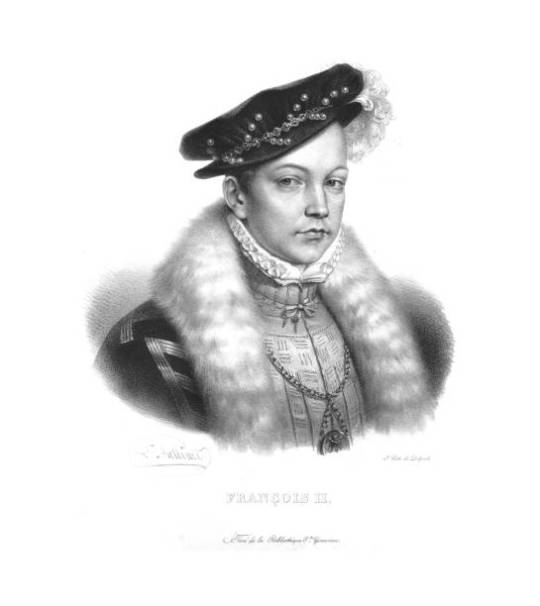
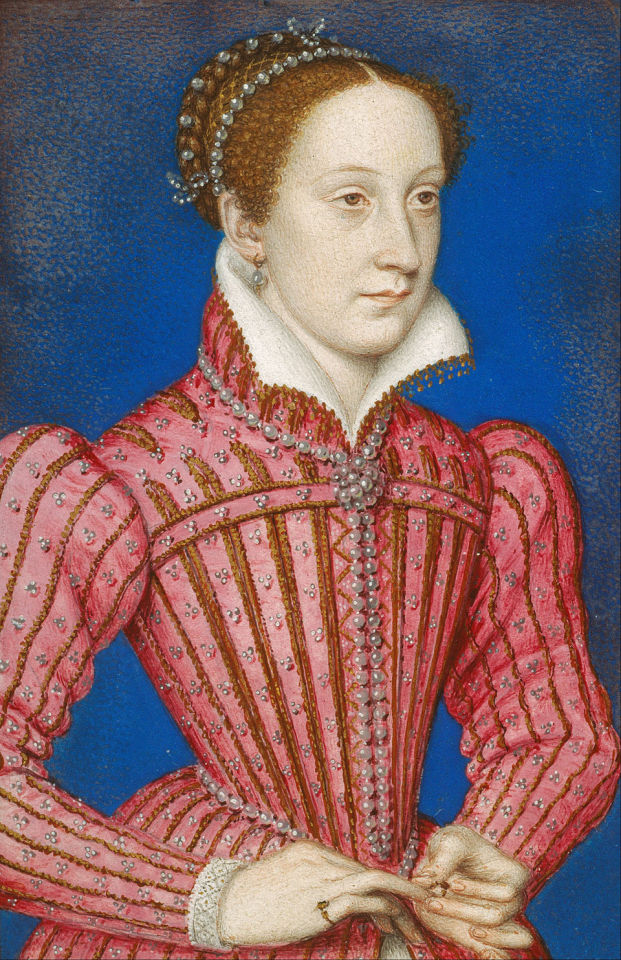
24th April 1558 saw Mary Queen of Scots marry the French Dauphin, François de Valois, at Notre Dame in Paris.
In 1548 the five-year-old Mary was sent to her grandmother Antoinette of Guise in France, where her Scottish entourage was considered appallingly barbarous and swiftly got rid of, and she was brought up as a Catholic Frenchwoman. French became her first language, and from then on she always called herself Marie Stuart.
Mary/Marie grew up delightfully charming, graceful and attractive, the French fell in love with her and Henry II of France resolved to marry her to his son and heir, the sickly dauphin Francis. A marriage treaty was signed with the Scots, which provided that Scotland and France should eventually be united under Mary and Francis as one kingdom. There were also secret agreements, which the youthful and inexperienced Mary signed, that would have made Scotland a mere adjunct of France.
Marie Stuart’s first wedding occurred on April 24th, 1558 at Notre Dame and was touted as the social event of the century. Although the formal betrothal ceremony occurred only a week before, the fact that a royal wedding was in the offing was the worst kept secret in Europe. Wedding guests had been arriving for weeks and the Valois court was abuzz. It was by all accounts a spectacle unsurpassed in any living person’s recollection.
There are no portraits of Marie Stuart in the gown she wore that day, but the official wedding portrait shows two children in their adolescence, unaware of how short their future together would prove to be.
Marie’s uncle, the handsome and politically savvy Francois, Duke of Guise, had just ousted the English from Calais and was very much the man of the hour.
The House of Guise was populated by robust, attractive people the sort from which legends emerge. They had an uncanny ability to play to a crowd, and the youngest member central to the scene that day –the Queen of Scots—was no exception.
The bride defied tradition and the will of her prospective mother-in-law Catherine de Medici by insisting on wearing white, which in Catherine de Medici's culture was a colour of mourning. When Catherine balked, the Queen of Scots took the argument to the ultimate arbitrator Henri II, her future father in law and greatest fan. The king sided with Marie. Unfortunately, there is no extant portrait of the queen on the day of her wedding, but the verbal descriptions confirm that she was wearing a gown of white trimmed with pearls and weighted down with precious jewels, and her auburn hair was flowing down her back in the tradition of a virgin.
Ordinarily the Constable of France Duke Anne de Montmorency would have hosted the event, but he was a prisoner at San Quentin, a circumstance that allowed the handsome and victorious Francois de Guise to assume the honours. He and his brother the Cardinal of Lorraine were careful to orchestrate the processional in such a way to give the common people a clear view of the bride as she arrived on the arm of the King of France. As much of the ceremony as possible took place within the view of the common spectators. In a sense, the entire City of Paris was on the guest list. Much gold coin was scattered to the huge crowd gathered there as the duke called out 'Largesse, Largess!' The Guises had wanted the wedding to be a crowd-pleaser. The ceremony itself was only one facet of the wedding celebrations, which went on for days. It was said that there was no chocolate or butter to be had within the city, and that many a fine house had been pillaged of its velvet draperies because of the demand for fine fabrics. It was indeed the epitome of a fairy tale royal wedding. Although the groom was a fragile pathetic boy with a chronic runny nose and a pronounced stutter, the crowd had not gathered to see the Dauphin. They had been assembled for a glimpse of the girl who someday would be Queen consort and who was already our anointed Queen of Scots.
Not even Catherine's friend Nostradamus had predicted how soon the newlyweds would be King and Queen of France or how quickly Marie Stuart's life would change. Within a little more than a year, Henri II had died following a freak jousting accident, and the Queen of Scots was Queen consort of France. In shortly more than another year, she was a widow, frantically surveying the list of crowned heads of Europe in hopes of finding a second husband not noticeably inferior in standing to the first.
Catherine de' Medici, Marie’s mother in law was not as keen on the now widowed Queen as her husband had been, and Marie Stuart was soon on her way back to an uncertain future in a Scotland that was in the throes of the Reformation, more on this, as ever to come.
19 notes
·
View notes
Text
Learning about the Stuart dynasty to find out they were really all like that
1 note
·
View note
Note
It’s such a niche thing but if William’s legitimacy to the throne was challenged like in historic times he’d still have an INSANE claim to it. By virtue of the Windsor x Spencer line he’s descendant of like everybooody. From William THE Conqueror down to Anne Boleyn (twice! Via the queen mother and Diana!), English royalty, Scottish royalty, like his family tree is so rich and connected
It IS niche! But so is everything I ever get into! lol. I wrote that post mainly because it just made me so happy when I realized that all of the British MPs of the 17th/18th century are spinning in their graves as it slowly dawns on them that the Stuarts are back in town ! ( so to speak! 😛)
And you are SO right anon, and I thank you for ranting in my inbox about it! Prince William has got ev-er-y-bo-dy in his pocket and no one is allowed to be mad once he's king! ( not the jacobites or the tudor supporters or the windsor lovers. Nobody!)
#someone saw my post and decided to send me an ask! yeay#the stuarts#the tudors#and prince william#oh my!#lovely asks
1 note
·
View note
Text


went to an art exhibition and the artist was drawing a self-portrait dressed up as a dog and i wish this was my job so fucking bad
#chatdaw#artist is stuart pearson wright btw#they were showing his black shuck film w live music so naturally i faced the nightmare that is the london underground to be there
32K notes
·
View notes